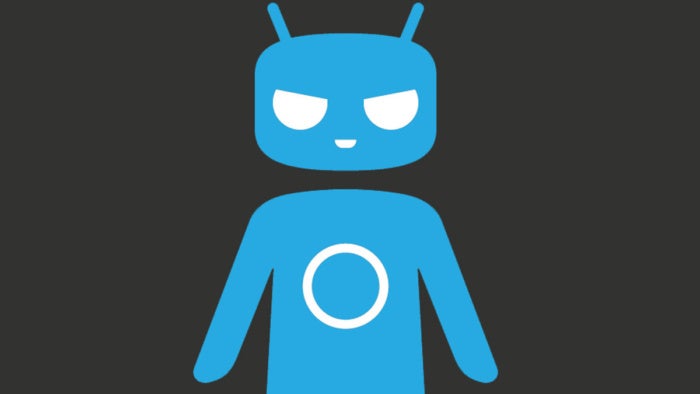
It wasn’t too long ago when Cyanogen announced its plan to destroy Android. Back in 2015, Kirt McMaster, then the CEO of the company behind the fledgling fork CyanogenMod, declared in no uncertain terms that Google was the enemy. McMaster told Forbes that Cyanogen’s intention was to put “a bullet through Google’s head.”
But as McMaster would soon find out, it’s not so easy to kill a megacorp. After a series of missteps and layoffs, Cyanogen announced last week that it was closing up shop, bringing an abrupt end to a battle that was never really in doubt.
In a late-afternoon blog post on the Friday before Christmas—a news dump clearly designed to make as little noise as possible—Cyanogen announced it was shutting down “all services and Cyanogen-supported nightly builds … no later than 12/31/16.” In the two-sentence statement, the company also placated tinkerers by assuring the project and its source code “will remain available for anyone who wants to build CyanogenMod personally.”
Cyanogen might never have seriously threatened to take control of Android, but the upstart’s shutdown still represents a major victory for Google. As Google showed with the launch of the Pixel, the company is taking steps to ensure no one ever gets close to stealing Android’s soul ever again.

Michael Homnick
Forks and knives
Cyanogen’s closure shouldn’t be a surprise to anyone who’s followed the company’s recent news, which reportedly included workforce reductions and a move toward apps. But while Cyanogen the company might have lost a lot of momentum, CyanogenMod the OS still represented Android in its finest form—a true crowd-sourced collaboration that refused to fly under Alphabet’s flag. And for fans who dutifully downloaded the builds of the rogue OS, Friday’s news was an ignominious end.
At one time, McMaster’s bold proclamation that Cyanogen was “attempting to take Android away from Google,” didn’t seem too far-fetched. Android was gaining market share on the backs of lesser-known phones with slapdash OSes, and the notion that an alternate version of Android could wrest control of Google’s vision was tangibly possible. Cyanogen had just partnered with scrappy hardware startup OnePlus, and even Microsoft, via a Cyanogen partnership, was willing to bet that the modified OS was about to break out of its niche status and become a major player in the smartphone space.
In many ways, Cyanogen encapsulated more of the spirit of Google’s mobile OS project than Android itself ever did. As an early offshoot of the mainstream project designed and supported by habitual modders, Cyanogen was in many ways more aligned with the iOS jailbreaking community than Android proper, bringing customization and features far beyond those available in the stock OS.
 Michael Kan
Michael KanBut almost as quickly as Android took off, Google began reining it in. By implementing stricter rules for manufacturers to prevent further fragmentation—including licensing of its apps and mandatory inclusion of its search bar widget—Google actively worked to keep deviant versions of Android on the fringes. Nonetheless, CyanogenMod persisted, surviving cease-and-desist orders, takeover rumors and general Google-led consternation.
And now it’s all over. Google won, not by waging war with Cyanogen
source”cnbc”